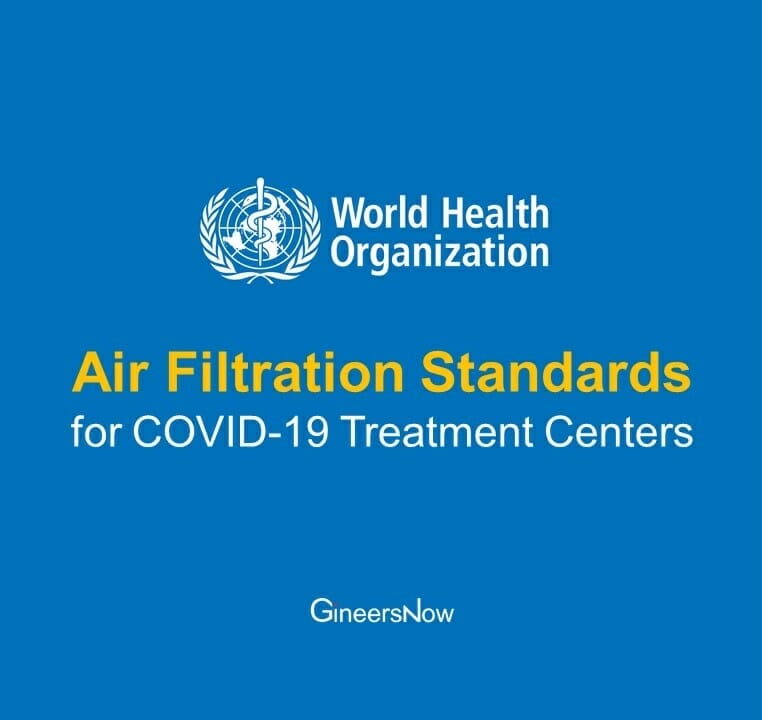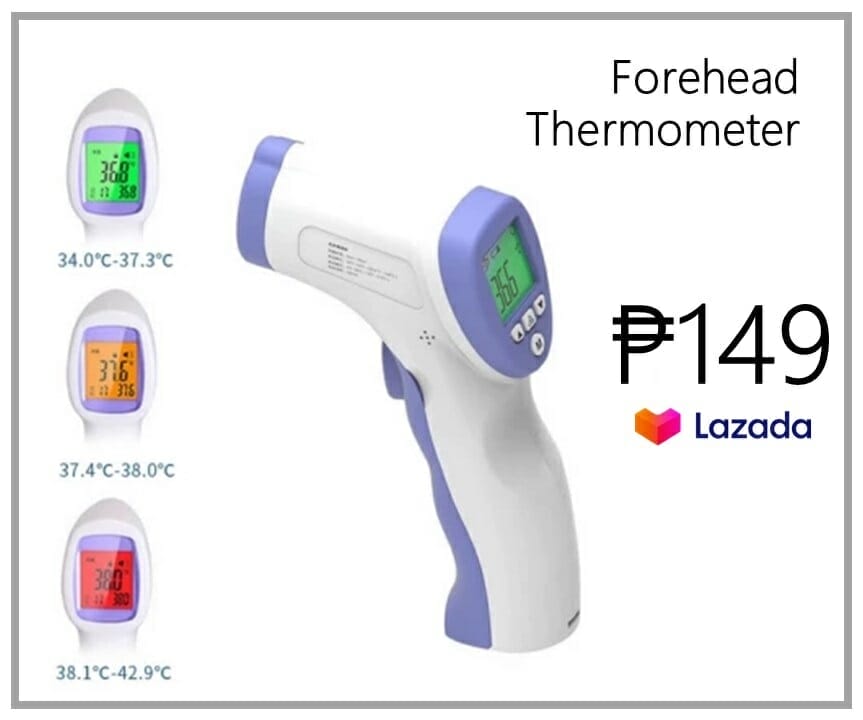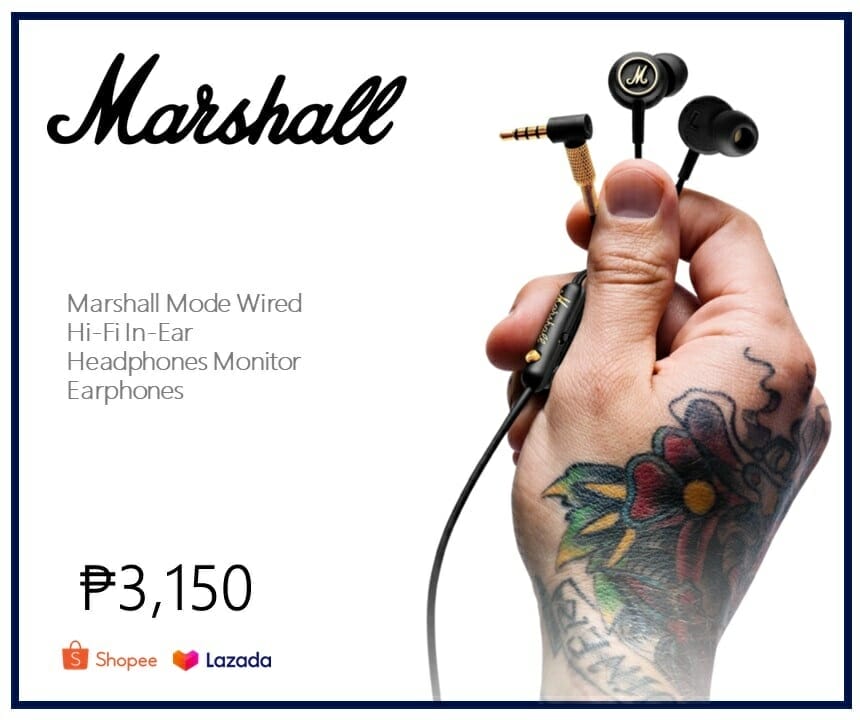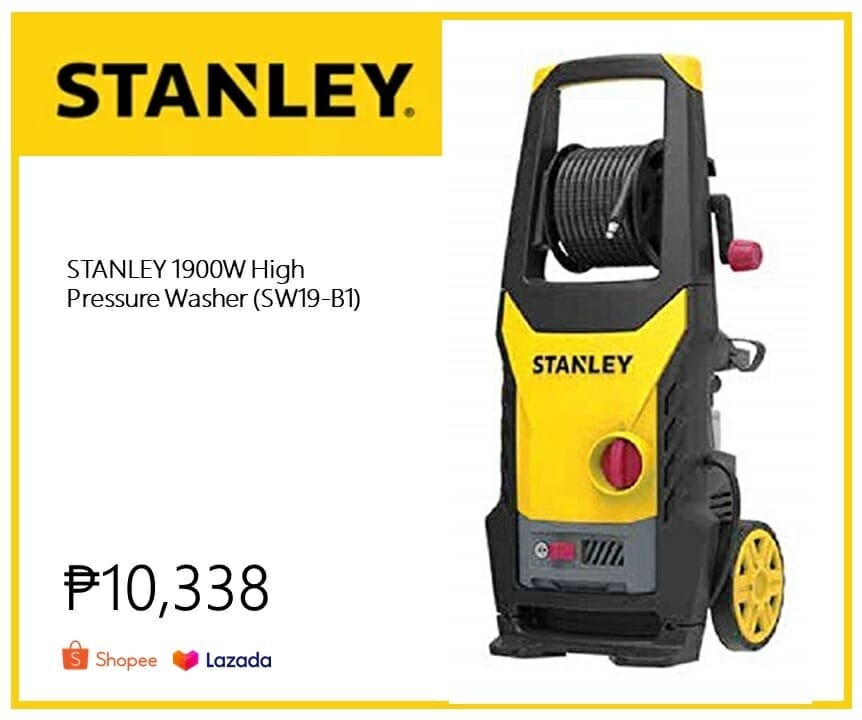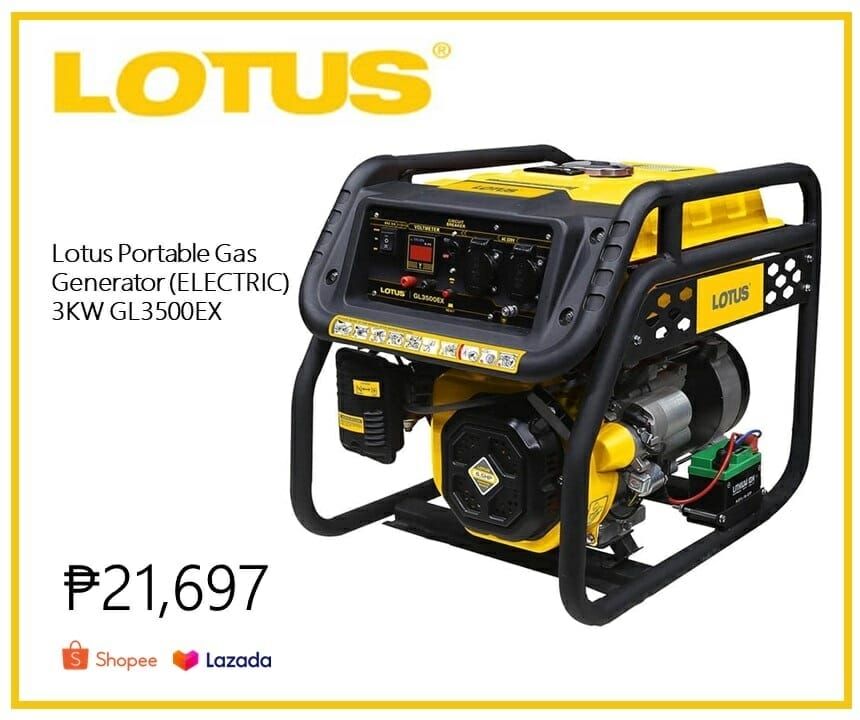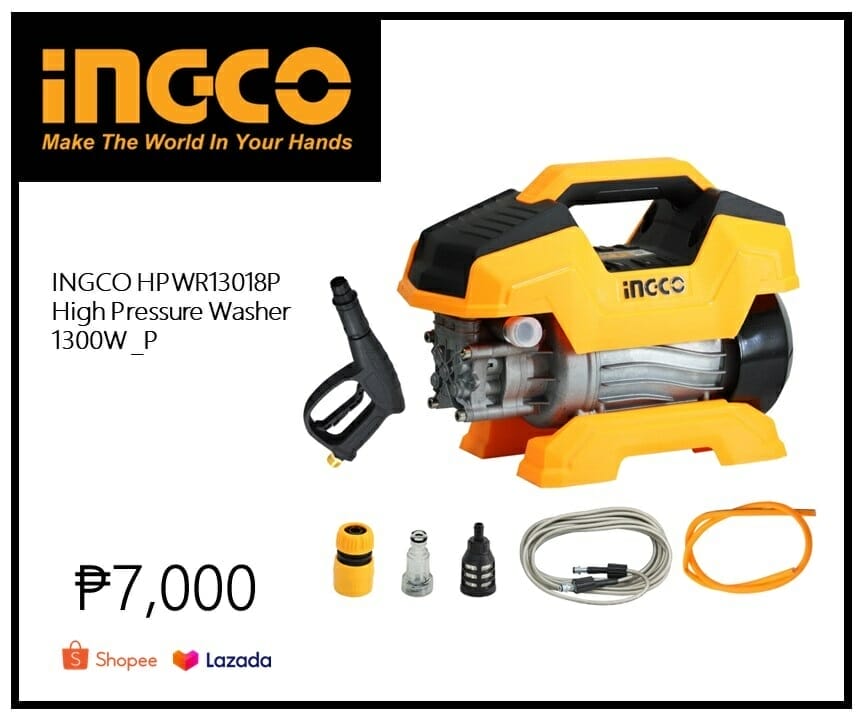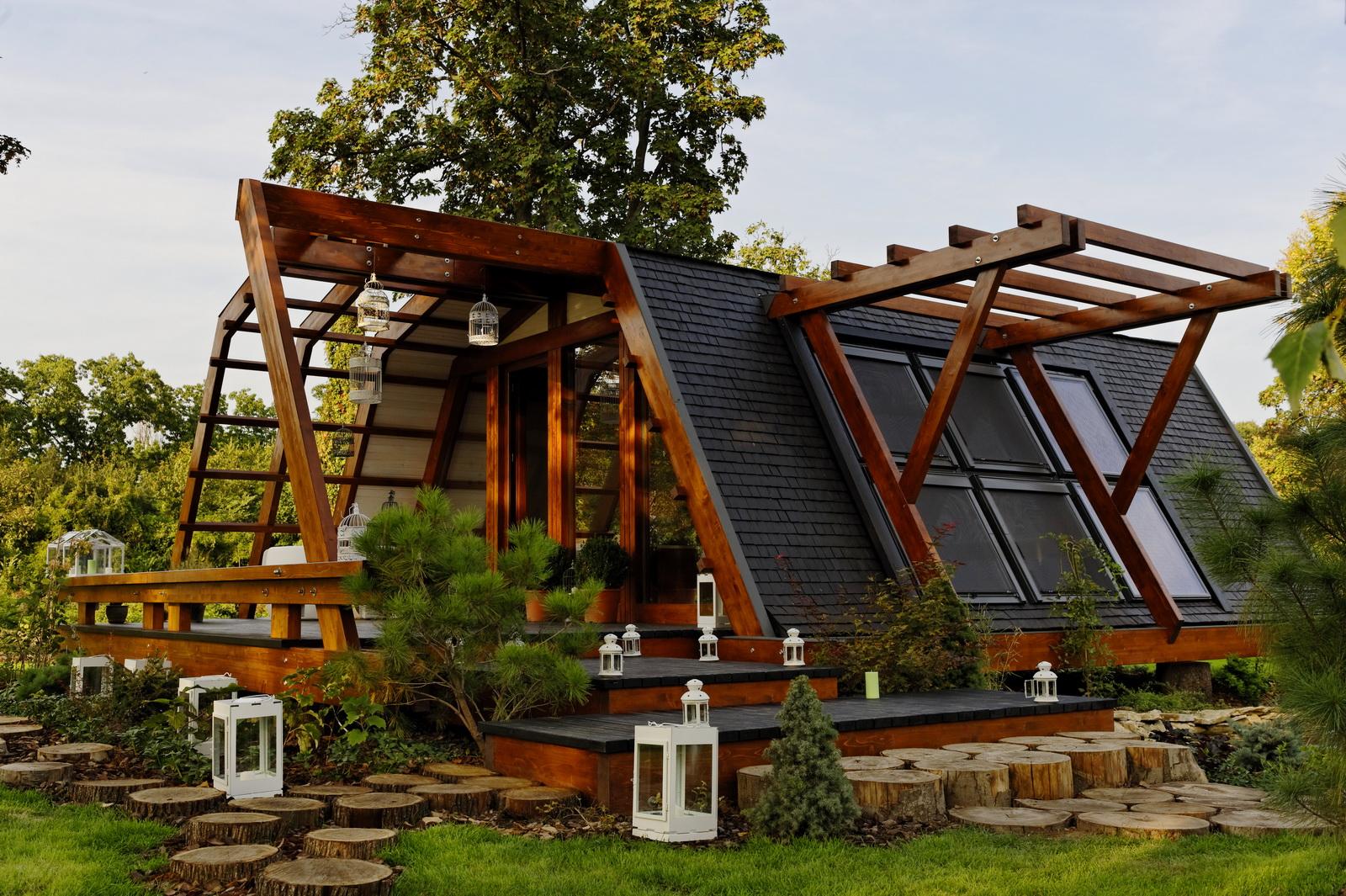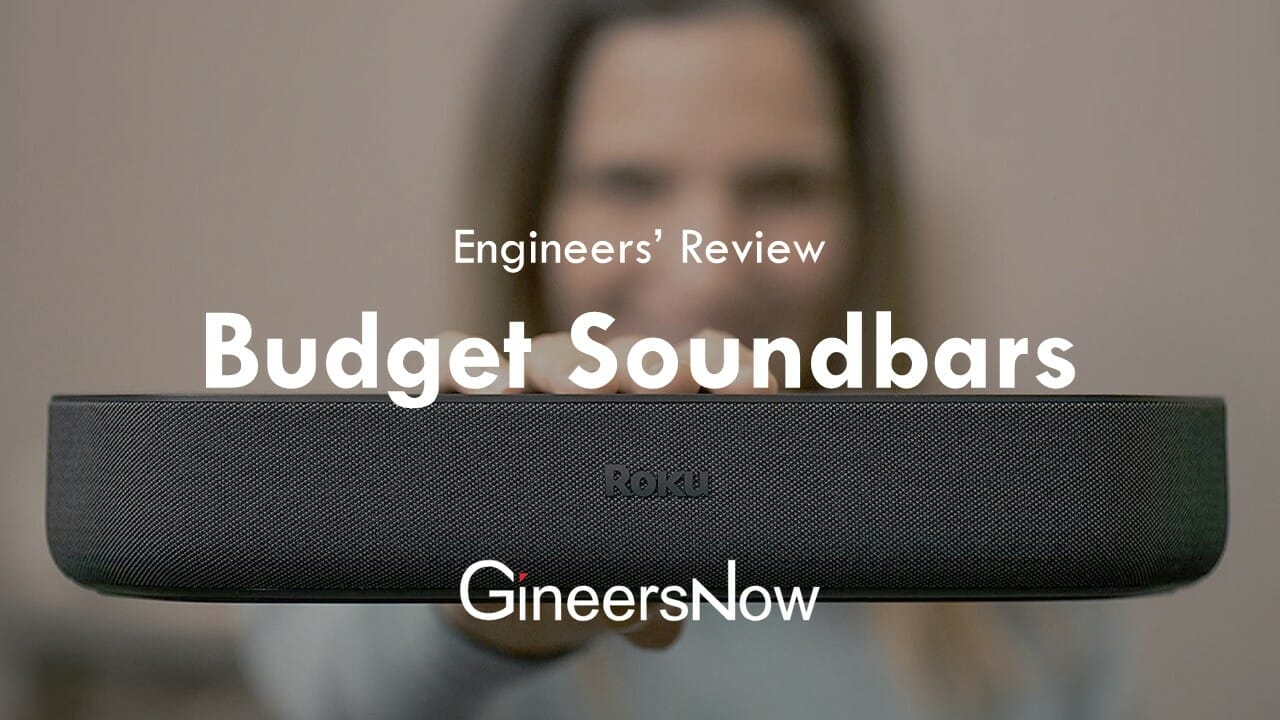Exhausted Air Standards for COVID-19 Treatment Centers by WHO
Air from the room can be exhausted directly to the outdoors, where the droplet nuclei will be diluted in the outdoor air, or passed through a special HEPA filter that removes most (99.97%) of the droplet nuclei before it is returned to the general circulation. If a HEPA filter is not used, the air should be exhausted directly to the outside away from air-intake vents, people and animals. Air dilution should always be the favoured solution. If not possible, however, different kinds of exhausted air for COVID-19 Treatment Centers are proposed here.

Download the full guideline report from World Health Organization here.
HEPA filter
HEPA is a pleated mechanical air filter that theoretically removes at least 99.97% of dust, pollen, mould, bacteria and airborne particles with a size of 0.3 microns (µm). The diameter specification of 0.3 microns responds to the worst case of the most penetrating particle size. Particles that are larger or smaller are trapped with higher efficiency. Using the worst-case particle size results in the worst-case efficiency rating (i.e. 99.97% or better for all particle sizes). All air cleaners require periodic cleaning and filter replacement to function properly; follow the manufacturer’s recommendations on maintenance and replacement.

The minimum efficiency reporting value (MERV) is the ability of a filter to capture larger particles with a size between 0.3 and 10 microns (µm): the higher the rating, the better the filter is at trapping specific types of particles. This value is helpful in comparing the performance of different filters. The rating is derived from a test method developed by the American Society of Heating, Refrigerating, and Air Conditioning Engineers (www.ashrae.org).
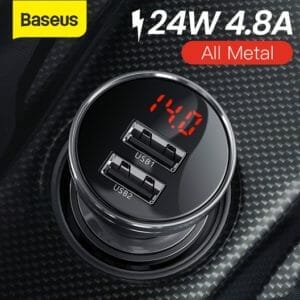
Installing a HEPA filter after the air extractor for COVID-19 Treatment Centers could be a solution for exhausted air treatment (Figure 11), but availability and maintenance may be a problem.

Portable air filtration systems
To simplify the installation, reduce the construction time and ensure proper air treatment, facilities may benefit from the use of a portable HEPA filter unit equipped with the proper fittings and ducting to exhaust air from a room to create the required ventilation flow rate and exhausted air treatment. Placement of the unit in any area (e.g. sampling room, waiting room, ward) must be done with consideration of the following:
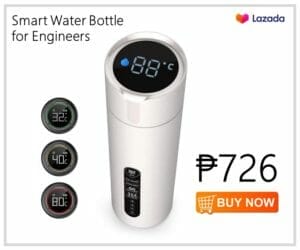
The unit must not create an obstruction that would interfere with the proper delivery of health care.
- The unit should be placed as close to the expected source of the contamination as possible to increase effective capture of the infectious or hazardous agents. Capture ability decreases with the square of the distance from the intake, and so the distance from the patient has an impact on the ability to filter out droplet nuclei.
- The air flowing out of the unit must not be directed in a way that would cause discomfort to patients, visitors or staff.
- If the portable air filtration unit has adjustable airflow, then the airflow that is appropriate to the size of the room to give the desired air changes per hour should be selected. Unless other considerations (e.g. noise, discomfort of blowing air) prevail, the unit should normally be run at the highest fan setting since this will provide the maximum filtration and air changes per hour. In smaller rooms, the recommended minimum 12 air changes per hour may be achieved at a lower fan setting. Under these conditions, users may opt to lower the fan settings.
- Keep all doors to the room closed as much as possible (16).
- Place the portable HEPA unit at the maximum distance across the room from the door.
- Make sure the operating panel faces the room and is unobstructed.
- Run the portable HEPA unit for at least 30 minutes after the patient leaves the room if the patient is on an aerosol-generating procedure when they leave. During this time, respiratory protection should be worn by staff entering room. New patients should not be placed in the room.

Portable air filtration units require proper preventive maintenance for their effective continued operation:
- The procedure should specify recommended PPE when performing maintenance on the unit.
- The maintenance procedure should be performed in an area safely away from any patients’ locations. It is recommended that maintenance is done in a location with appropriate ventilation, including negative pressure, designated for such activities. The area should be contained and easily cleaned or decontaminated.
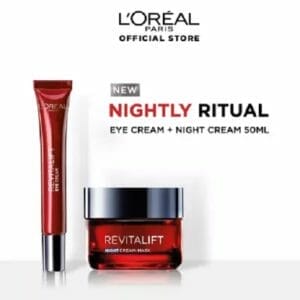
- Based on the manufacturer’s recommendations and any additional suggested protocol from facility maintenance, a standard routine maintenance procedure should be developed for the unit. This maintenance should include (but not be limited to):
- changing of pre-filters (on a schedule or as needed per magnehelic gauge); be sure to include details on “bag out” protocol and proper disposal of filters; since these filters might be contaminated, they should be treated as medical waste and handled with appropriate PPE applicable to all COVID-19 Treatment Centers;
- operational check for proper operation;
- interior cleaning of unit if needed (without disturbing seal on HEPA filter);
- changing of ultraviolet (UV) lamp according to the manufacturer’s recommendations (based on hours of use);
- general safety check (electrical, mechanical);
- lubrication where needed for COVID-19 Treatment Centers (fans and so on should have sealed bearings and should notrequire lubrication).

- The HEPA unit must be leak tested and certified. This should be done initially and every time the HEPAfilter is changed. The frequency of changing the HEPA filter should be based on the manufacturer’s recommendations (e.g. annually or when indicated by the manometer (differential pressure gauge) across the HEPA filter
- The portable filtration unit should be monitored regularly (e.g. every week) for leaks. This can be donesimply by having designated staff monitor the pressure drop across the filter by checking the gauge.

The portable air filtration system could be used as a mechanical fan with integrated HEPA filter to exhaust potential contaminated air directly outside (Figure 12).
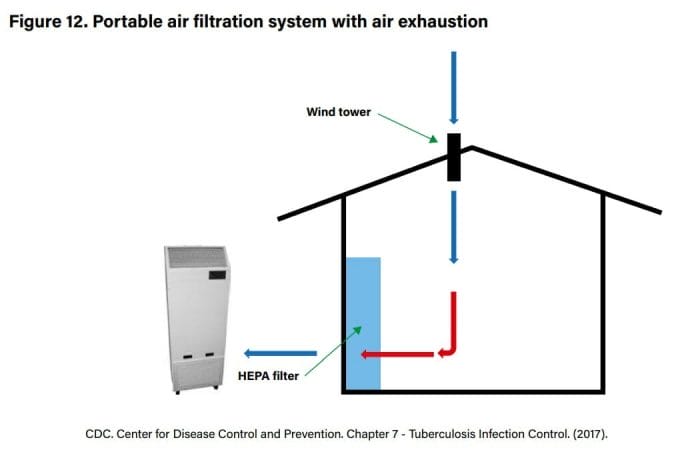
Alternatively, it could be used to ensure required air changes per hour and air recirculation in a closed environment of COVID-19 Treatment Centers (Figure 13).
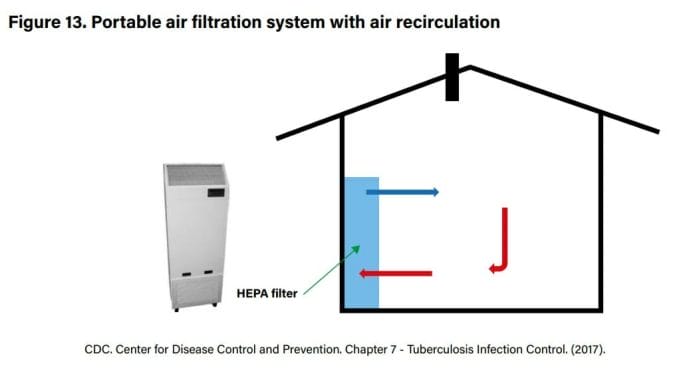
Download the full guideline report from World Health Organization here.
Other COVID-19 Updates
Top 10 Largest Ventilator Manufacturers in the World
List of Government Officials Tested Positive in PH
Metronic Ventilator Ramping Up Production
Engineers, Can You Help Build a DIY Ventilator for Hospitals?
Water is Our First Line of Defense Against COVID-19
COVID-19 Economic Aftermath on the Construction Industry
Complete List of Companies Working on Coronavirus Vaccine
COVID-19 War: 70K Physicians vs 109M Filipinos
Famous People Who Have Tested Positive for COVID-19
These Politicians Tested Positive for Coronavirus (COVID-19)
Postponed Exhibitions in the Philippines due to COVID-19
Cancelled Major Events Around the World Due to COVID-19
World Bank Gives $12 Billion to COVID-19 Affected Countries
COVID-19 Philippines: DOH on Code Red Status
PPE Shortage Endangering Health Workers Worldwide
The List of COVID-19 Disinfectants Approved by EPA
World Bank Gives $12 Billion to COVID-19 Affected Countries
Air Cargo Demand Down 3.3% due to COVID-19 Disruption


